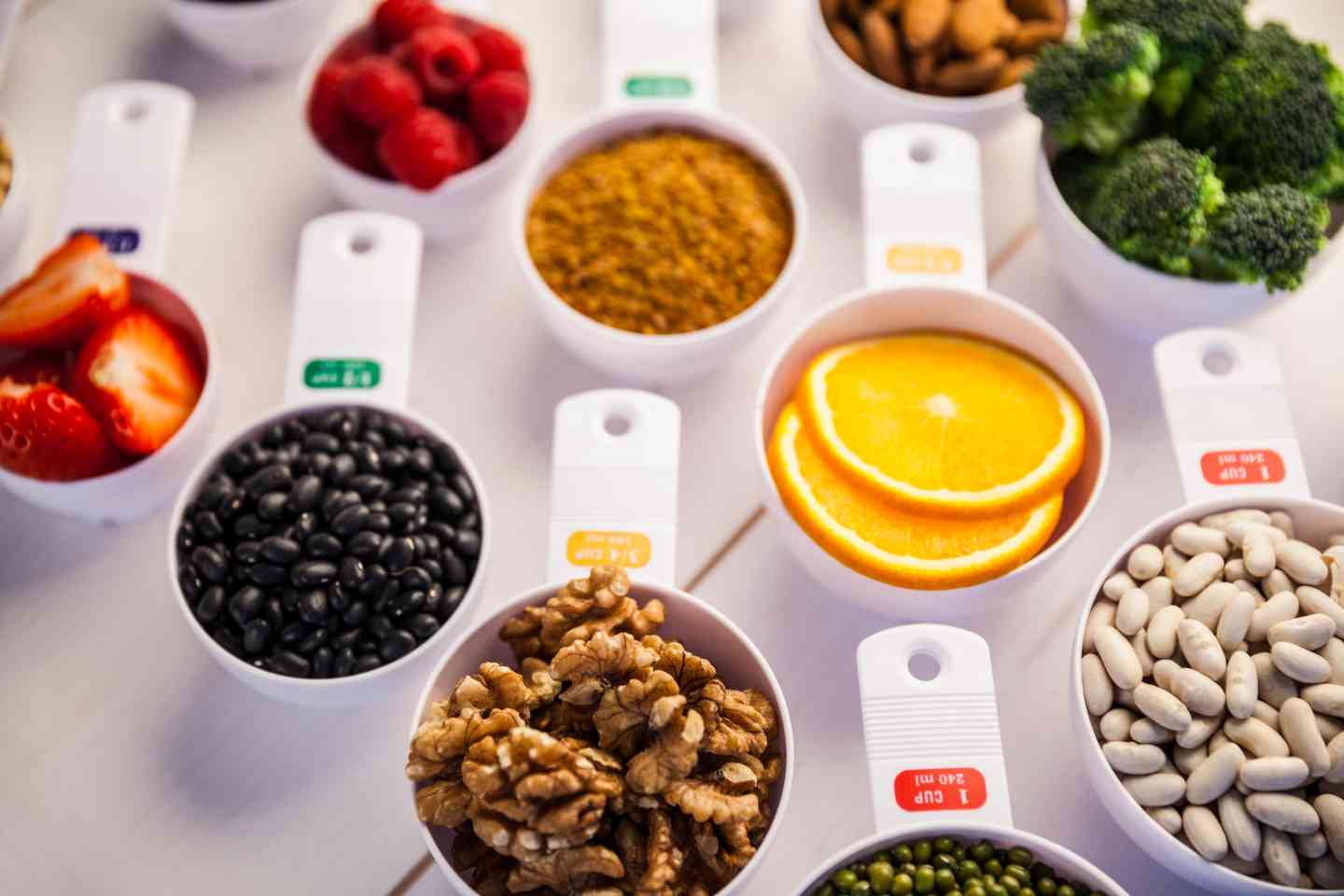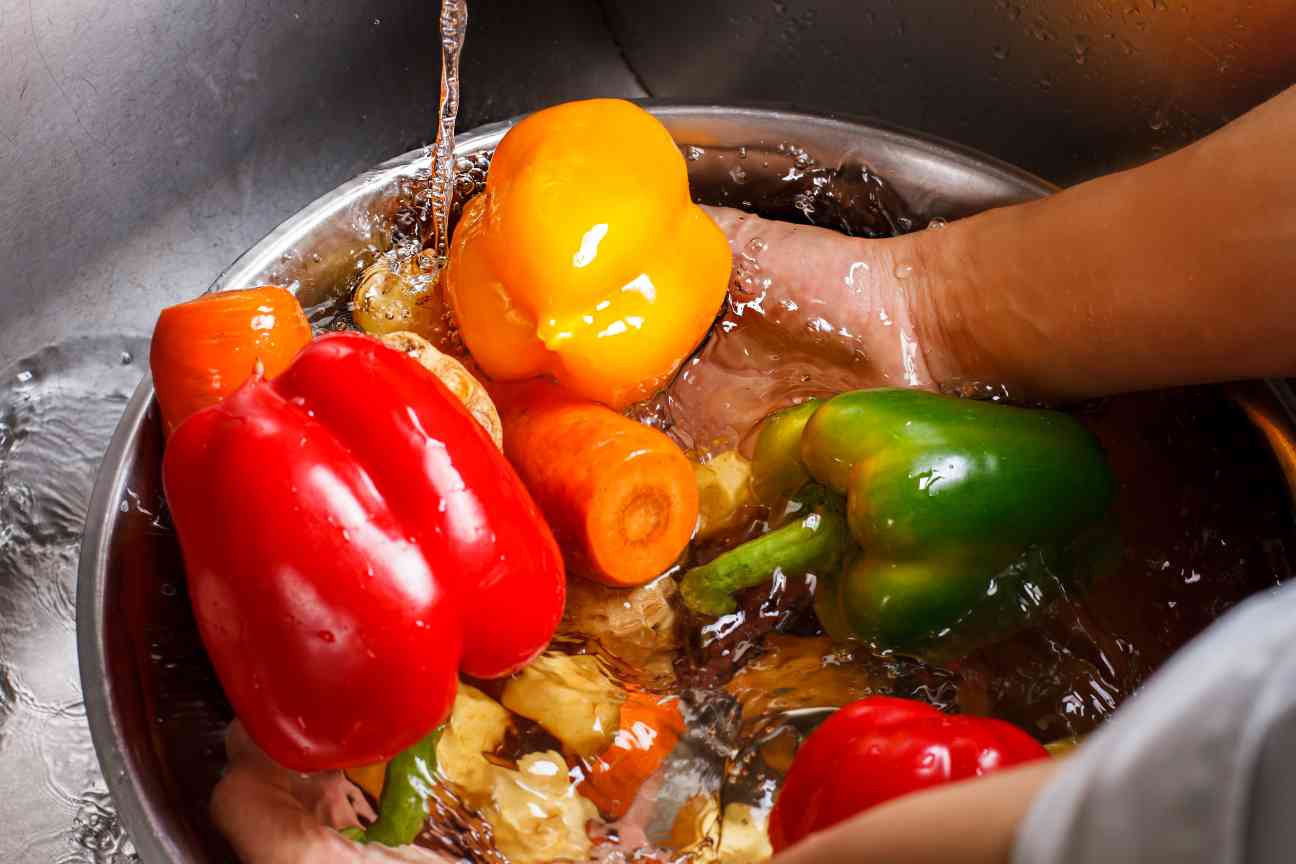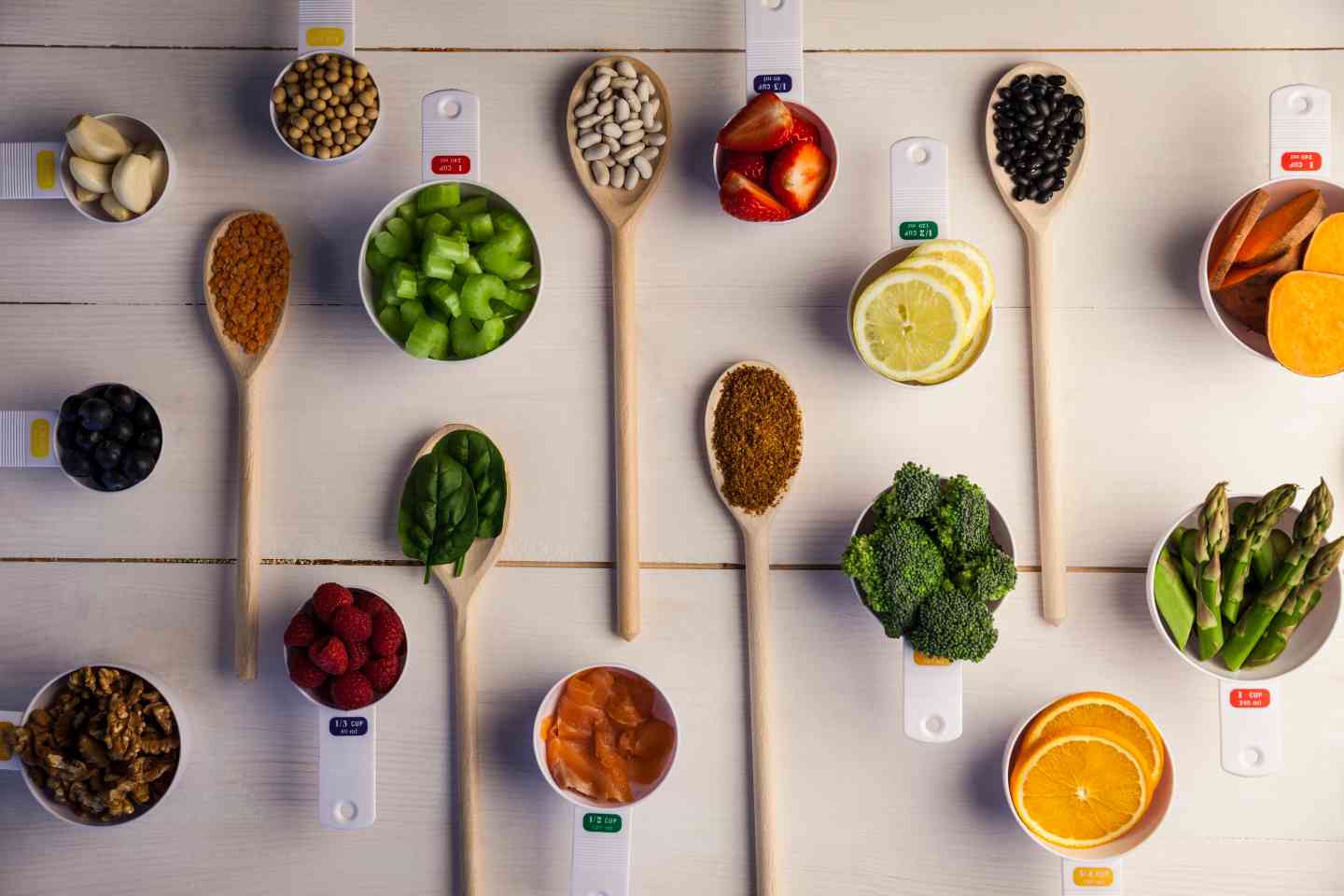What is Food Adulteration, its Types & How to Detect?

Food adulteration is a global issue driven by economic, regulatory, and social factors compromising food quality and safety. It poses significant health risks and undermines economic stability and consumer trust in the food supply.
Addressing this issue requires a multifaceted approach, including stricter regulations, enhanced consumer education, and the adoption of advanced technological solutions. By tackling the root causes and implementing comprehensive measures, the effects of impurity can be mitigated, and public health can be safeguarded.

Table of Content

What is Food Adulteration?

Food is considered contaminated when it does not adhere to the government's legal standards, and this is regarded as a criminal violation. Food adulteration occurs when ingredients that lower food quality are introduced to it, whether on purpose or accidentally. Consequently, "food adulteration" refers to contaminating or adulterating food or food products by adding hazardous substances.
Different Types of Food Adulteration
Food adulteration involves adding harmful substances or removing valuable nutrients from food products, making them unsafe and less nutritious. It can take various forms, each with specific characteristics and health implications.
1. Incidental Adulteration
Incidental food adulteration happens unintentionally during food handling. It can be things like leftover pesticide traces on crops, tiny bugs in grains, or even bits of plastic from packaging accidentally mixed in.
2. Intentional Adulteration
Intentional food adulteration is when someone tampers with food on purpose, often to increase profit by adding fillers or misleading ingredients. This can be dangerous because it can make the food unsafe to eat.
3. Packing Hazard
Packing hazards refer to dangers that arise from how food is packaged. These can include the risk of contamination by chemicals from packaging materials, physical objects getting into the food, or problems with the packaging itself, allowing spoilage.
4. Metallic Adulteration
Metallic food adulteration is when harmful metals, like lead or mercury, are added to food. This can happen accidentally, through processing or storage, or even intentionally by someone trying to make food look better or stretch it further. These metals can cause serious health problems.
Types of Common Adulteration in Food
Food adulteration involves intentionally adding substandard, harmful, or unauthorised substances to food products, compromising their quality and safety.
Common forms of adulteration include using cheaper alternatives, artificial colours, and preservatives, often to increase profit margins at the expense of consumer health.
Useful Tools to Track Your Health
Major Factors Behind Adulteration of Food

Food adulteration refers to adding substances to food products to increase quantity, enhance appearance, or reduce production costs, often at the expense of quality, safety, and nutritional value. Several factors contribute to this practice:
- Profit Maximisation: Adulteration is often driven by the desire to increase profits. Adding cheaper substances to bulk up products allows producers to sell more for less.
- Cost Reduction: Producers can reduce manufacturing expenses by using lower-cost ingredients. This is particularly common in industries with thin profit margins.
- Market Competition: Some businesses may resort to adulteration to offer lower prices and attract more customers in highly competitive markets.
- Supply and Demand Imbalance: Shortages of high-quality ingredients can lead producers to adulterate products to meet demand and stabilise prices.
- Inadequate Regulation: Food safety regulations may need to be stronger or better enforced in some regions, providing opportunities for unscrupulous practices.
- Corruption: Corruption within regulatory bodies can lead to a lack of oversight and continuing adulteration practices.
- Sophistication in Adulteration Methods: Advances in technology have made it easier to degrade food in ways that are difficult to detect.
- Mass Production: The industrial scale of food production can sometimes lead to shortcuts and compromises in quality control.
- Cultural Practices: In some cultures, traditional practices might inadvertently contribute to impurity, such as adding non-standard ingredients for perceived health benefits.
- Trust in Local Vendors: High confidence levels in local or familiar vendors can reduce vigilance and scrutiny of food products.
How to Detect Adulteration in Food?
Detecting food adulteration involves keen observation and basic tests, empowering consumers to identify potential contaminants or alterations in their food. These methods, from visual inspection to taste assessment, help ensure the safety and authenticity of food products consumed at home.
How to Check Food Adulteration at Home?
At-home methods enable individuals to assess food adulteration, safeguarding against potential health risks and ensuring the integrity of food products consumed.
- Dairy Products: Combine a small dairy product with equal water in a transparent glass. Genuine dairy products should completely dissolve in water, leaving no residue or layers. Any separation, colour changes, or visible remains could indicate adulteration with substances like starch, water, or additives.
- Seeds: Place a sample of seeds in a basin of water. Pure seeds are denser than water and typically sink to the bottom. Contaminated seeds, however, may float on the water's surface or remain suspended due to the presence of lighter materials like husks, shells, or empty seeds.
- Fruits and Vegetables: Soak a piece of cotton in vegetable oil or water (perform the test separately). Gently rub a small piece of green vegetable or fruit on its outer surface against the cotton. If the cotton becomes green, it suggests contamination with malachite green.
- Oils and Fats: Place two millilitres of oil in a bowl and add a spoonful of yellow butter. If the oil's colour remains unchanged, it is considered pure and suitable for consumption.
- Added Sugars: Mix a small amount of iodine with water to create a solution. When added milk turns blue or purple, this solution indicates possible tampering or adulteration with added sugars.
- Beverages: Use pH test strips to determine the beverage's acidity or alkalinity. Genuine beverages typically fall within specific pH ranges, depending on their type. Significant deviations from these typical ranges could suggest adulteration or the addition of bases or acids.
How Can You Get Rid of Adulterated Food Items?
A few of the practical ways in which you can get rid of the items mentioned in the above list of food adulteration include:
- Try to buy grains and other essential food items from the local market beside your home or the farmer directly.
- Prepare simple items like red chilli powder at home by grinding dried red chillies yourself.
- Choose branded organic products rather than cheap ones for a healthier living.
- Avoid dark coloured food.
- Check if the seal of items like milk, oil and other liquids is intact.
To conclude, food adulteration is a common practice among people in India that can harm our health. So, it is better that you know about the process and the food items that are a product of such malpractices. Additionally, take a look at the above points to develop an idea of how to prevent yourself from consuming one.
Risks of Consuming Adulterated Food
Consuming contaminated food poses several health risks. Adulteration involves adding substances that are either harmful or of inferior quality to food products, often for economic gain.
- Health Hazards: Adulterants such as artificial colours, chemicals, pesticides, and toxins can lead to various health issues ranging from mild allergies to severe poisoning. Long-term consumption of contaminated food may even lead to chronic health conditions.
- Nutritional Deficiencies: Adulterants may dilute the nutritional content of food, leading to deficiencies in essential nutrients. For example, watering down milk reduces its protein and vitamin content, affecting overall nutrition.
- Microbial Contamination: Due to improper handling or storage practices, adulterated food may harbour harmful microorganisms such as bacteria, viruses, and fungi. This can cause foodborne illnesses such as diarrhoea, vomiting, and, in severe cases, even death.
- Organ Damage: Some pollutants, such as heavy metals like lead and arsenic, can accumulate in the body over time and cause damage to vital organs like the liver, kidneys, and nervous system.
- Economic Loss: Consuming contaminated food can lead to financial losses due to medical expenses for treating food-related illnesses and loss of productivity from sickness.
What are the Diseases Caused by Food Adulteration?
Consuming contaminated food carries substantial health risks from contaminants like chemicals and toxins. Such adulterants compromise food safety standards, necessitating vigilant oversight and awareness to mitigate their adverse effects.
Food adulteration is a significant concern that affects public health and safety. It involves adding harmful substances or removing essential nutrients from food, compromising its quality and nutritional value. This practice can lead to severe health issues. Consumers must stay vigilant by purchasing from trusted sources, checking for signs of impurity, and reporting suspicious products to authorities.
Protect What Matters - Explore Other Insurance Options














